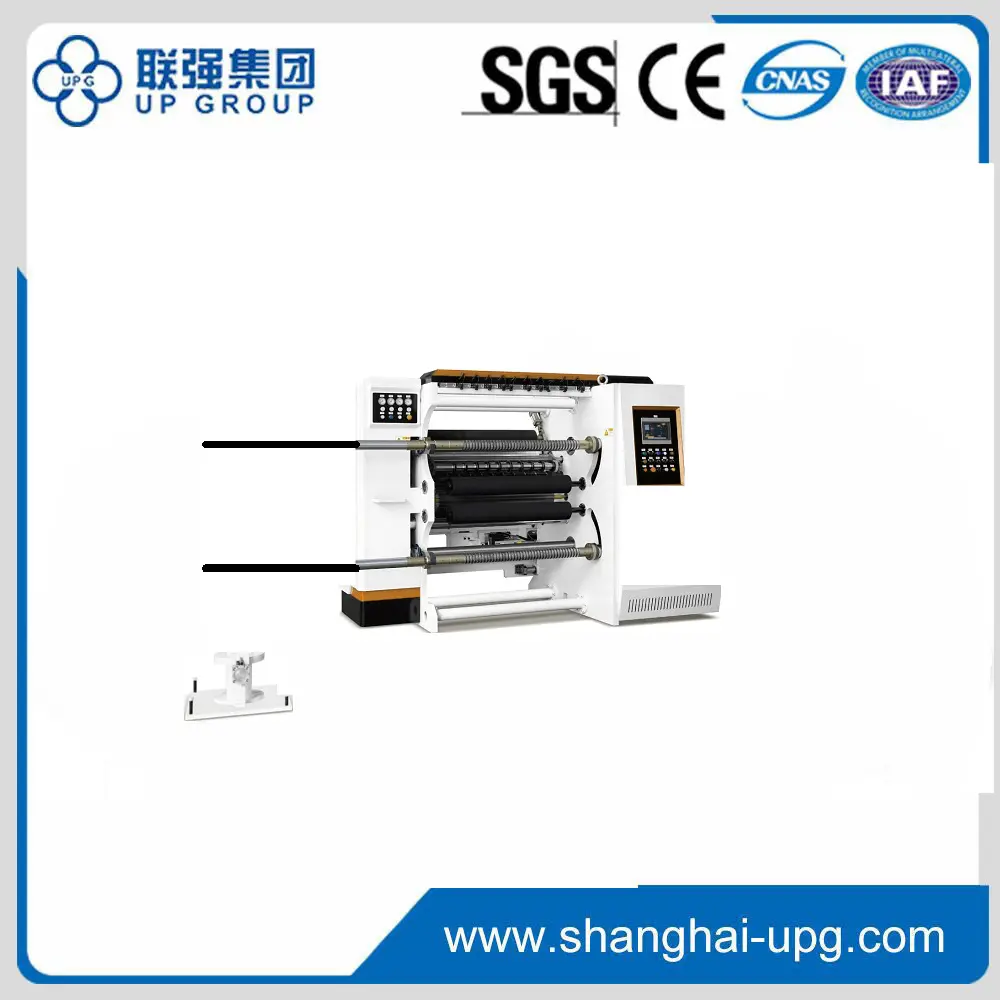In the world of manufacturing and materials processing, precision and efficiency are critical. One of the key processes in achieving these goals is slitting. At the heart of the process is the slitter, a specialized piece of equipment designed to cut large rolls of material into narrower strips. This article takes an in-depth look at the functions, mechanics, and applications of slitting machines in various industries.
Slitting is a cutting process that involves dividing wide rolls of material into narrower rolls or sheets. The technology is commonly used on materials such as paper, plastics, metals and textiles. The primary function of slitting is to create manageable sizes of material for further processing or use in manufacturing.
The slitting process typically involves feeding a large roll of material, called a parent or master roll, into a slitting machine. The machine then uses sharp blades to cut the material to the desired width. Depending on the material and application, the resulting strip is often referred to as slit rolls or slit sheets.
Function of slitting machine
Slitting machines play several key roles in the manufacturing process:
1. Precision Cutting
One of the main functions of a slitter is to provide precise cuts. The blades used in slitting machines are engineered to ensure clean, accurate cuts, which is crucial to maintaining the quality of the final product. Precision cutting minimizes waste and ensures that the dimensions of the slit material meet the specifications required for subsequent processes.
2. Production efficiency
Slitting machines are designed to operate at high speeds, allowing manufacturers to process large volumes of material quickly. This efficiency is critical in an industry where time is money, as it allows companies to meet production deadlines and reduce labor costs. Automation of the slitting process also reduces the possibility of human error, further improving efficiency.
3. Versatility
Slitting machines are versatile and can handle a variety of materials, including paper, film, foil and metal. This adaptability makes them invaluable in industries such as packaging and printing, automotive and aerospace. Manufacturers can adjust slitter settings to accommodate different materials and thicknesses, making it a flexible solution for varying production needs.
4. Customization
Another important feature of the slitting machine is the ability to customize the width and length of the slit material. Manufacturers can set up machines to produce strips of different widths, providing customized solutions to meet specific customer requirements. This kind of customization is especially important in industries where specific dimensions are critical to the final product.
5. Waste Reduction
Slitting machines help reduce material waste by providing precise cuts and allowing for customization. Efficient slitting processes ensure manufacturers maximize raw material utilization, resulting in cost savings and a more sustainable production process. In today's environmentally conscious market, waste reduction is becoming increasingly important.
Please visit our this product, LQ-L PLC High Speed Slitting Machine manufacturers

Application of slitting machine
Slitting machines are widely used in various industries, and each industry benefits from the accuracy and efficiency of the slitting process:
1. Packaging Industry
In the packaging industry, slitting machines are used to produce rolls of flexible packaging materials such as film and foil. These materials are then used to package food, pharmaceuticals and consumer goods. The ability to produce custom-sized rolls is critical to meeting the diverse needs of packaging applications.
2. Textile Industry
The textile industry relies on slitting machines to cut fabric into strips for a variety of applications including apparel, upholstery and industrial textiles. The precision of the slitting ensures that the fabric maintains its integrity and quality, which is critical to the final product.
3. Metal Processing
In metal processing, slitting machines are used to cut large rolls of metal into narrower strips for manufacturing components, automotive parts, and building materials. Slitting machines are crucial in this industry because of their ability to handle different thicknesses and types of metal.
4. Printing Industry
The printing industry utilizes slitting machines to cut printed materials into specific sizes for brochures, labels, and packaging. Cutting accuracy ensures the printed design is properly aligned, thereby improving the overall quality of the printed product.
In conclusion, slitting machines play a vital role in the manufacturing process by providing precision cutting, efficiency, versatility, customization and waste reduction. Slitting capabilities are critical in various industries, allowing manufacturers to produce high-quality materials that meet specific requirements. As technology continues to advance, slitting machines are likely to become more efficient and adaptable, further increasing their importance in manufacturing. Understanding the function of slitting and the capabilities of slitting machines is crucial for businesses seeking to optimize their production processes and maintain a competitive edge in the market.
Post time: Oct-28-2024

